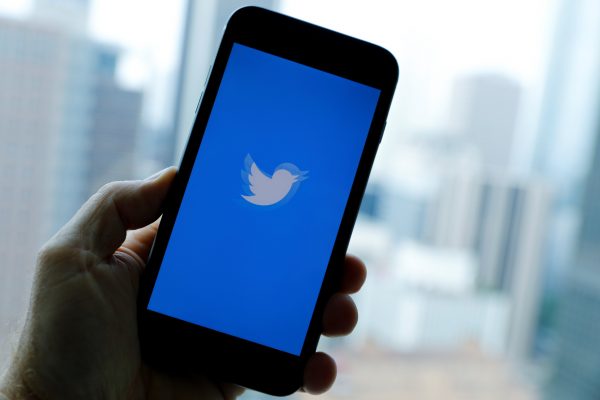RCTI and iNews TV are part of Tanoesoedibjo’s MNC Group, which claims to guard Indonesian nationalism and moral values from the negative influence of global digital media. This aggressive move demonstrates MNC’s panic over the rapid growth of personalised media services, with oligarchs like Tanoesoedibjo anxious that their main medium for delivering political messages is losing influence.
President Suharto’s fall from power in 1998 brought great change to the Indonesian media sector thanks to deregulation and the abolition of the previously mandatory and highly political press operating license (the SIUPP). By 2002 the government had issued more than 900 television and radio licences, and hundreds of television channels are now available through Telkom 4, Palapa D, ChinaSat 11 and other satellites.
The true beneficiaries of this change were not the Indonesian public but a handful of powerful media oligarchs who have grown through conglomeration and concentration. With money and influence they succeeded in creating an oligopolistic media environment, turning their television stations into private political vehicles. Weak regulations have enabled the misuse of public broadcasting for years without interruption.
But things have changed — the growing number of social media users shows Indonesians are no longer reliant on television for information. Indonesia now ranks fourth globally in social media consumption with 199 million users. In 2025 the figure is projected to reach 256 million, putting Indonesia in third place after China and India.
The most popular websites in Indonesia are almost all social media, with YouTube taking second place, Facebook third and Instagram sixth. 57 per cent of Indonesians now access YouTube every day, 4 per cent higher than the number watching television. YouTube users dominate in Indonesian cities and villages, reaching 92 per cent and 85 per cent of residents, respectively.
Indonesians are still watching television — millennials included — but the platform is losing ground to social media in daily viewing duration. By 2019, time spent watching television had plateaued while time spent online continues to rise. The two activities are likely direct substitutes, given 99 per cent of Indonesian internet users watch videos online and 79 per cent watch video blogs.
The pandemic makes the decline of oligarch-controlled television stations even more apparent. During self-quarantine only 59 per cent of Indonesians watched television, compared to 68 per cent who watched YouTube, 53 per cent who surfed social media and 40 per cent who streamed movies.
This trend is hurting television tycoons’ advertising income. Only 19 per cent of firms are planning to scale up television advertising budgets, compared to 58 per cent for digital advertisements. The compound annual growth rate for television advertising over the period 2016–2021 is forecast at 10.4 per cent, while online video advertising is set to achieve 29.8 per cent.
Media oligarchs’ business expansion through pay television has failed to attract customers, who prefer online streaming. Tanoesoedibjo’s MNC Vision, the largest pay television service in Indonesia, has seen a downward trend in subscription numbers since 2016 and in profit since 2014. Expensive subscription fees make pay television uncompetitive against Netflix and YouTube.
To make matters worse for Tanoesoedibjo, his four stations — RCTI, MNC TV, iNews TV and Global TV — are unavailable on the free-to-air satellite receivers most Indonesians have in their homes, making them inaccessible outside urban areas.
The omission of the four channels was likely intended to lure more subscribers to MNC Vision, which has exclusive rights to the popular Upin Ipin cartoon series and a number of sports programs. It instead drove Indonesians further away from Tanoesoedibjo’s stations. After all, Upin Ipin and countless other high-quality cartoons are available on YouTube free of charge, requiring only a cheap Internet data package.
Indonesians are also far too creative to miss important football or badminton matches. Young people from the megacities to the villages serve as rogue satellite-dish technicians, searching for foreign television channels so locals can watch the World Cup or the European Champions League. These young people are well organised, communicating in semi-secrecy over Facebook and YouTube.
Television companies are even facing competition from celebrities of their own making, many of whom now have their own YouTube channels. Their migration online is drawing once-loyal television fans to YouTube and its opportunities for direct engagement — some television figures now have far more viewers on the platform than on television.
The post-Suharto era saw media oligarchs such as Tanoesoedibjo stand long unchallenged. This is no longer the case now that their contenders are the likes of Facebook, YouTube, Instagram and Netflix, whose economic muscles are far stronger than theirs.
Whatever the outcome of the current lawsuit, change has come once again to the Indonesian media sector. Whether the oligarchs like it or not, they will have to learn to share.
Muhammad Beni Saputra is a lecturer at the Sultan Thaha Saifuddin State Islamic University Jambi (UIN STS Jambi).

